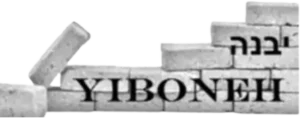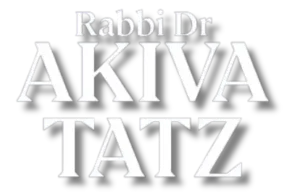LINKS TO VALUABLE RESOURCES
CHANUKA BY NIGHT

A Chanukah Message for the Fourth Night
Author: Rabbi Lord Jonathan Sacks Link to the Resource: CDN.LOGIC.LONDON Media Type: Text


Day #1- spread the light
Author: Rabbi YY Jacobson Link to the Resource: THEYESHIVA.NET Media Type: Video
The Light That Unites: Day 2 – Turning Spears into Ploughshares
Author: Rabbi Aaron Goldscheider Link to the Resource: OUPRESS.ORG Media Type: Text
Chanukah Torah Bytes Night 1
Author: Rabbi Yaakov Trump Link to the Resource: YILC.ORG Media Type: Video
Chanuka- The Secret of the “Hidden Light”
Author: Rabbi Yinon Kalazan Link to the Resource: HARAVYINONKALAZAN.COM Media Type: VideoCHANUKA: THE ESSENTIALS


Time & Place of Lighting Chanukah Candles
Author: Rabbi Asher Weiss Shlit’a Link to the Resource: MINCHASASHER.COM Media Type: Video
CHANUKA: A DEEPER LOOK


A Little Band of Hasmoneans
Author: Rabbi Menachem M. Schneerson, The Lubavitcher Rebbe Link to the Resource: CHABAD.ORG Media Type: Text
Until there are no stragglers in the marketplace
Author: Sarah Yehudit Schneider Link to the Resource: ASTILLSMALLVOICE.ORG Media Type: Text
"This Opposite This” HaShem Made the World
Author: Sarah Yehudit Schneider Link to the Resource: ASTILLSMALLVOICE.ORG Media Type: Text
Chanukka and the Feminine
Author: Sarah Yehudit Schneider Link to the Resource: ASTILLSMALLVOICE.ORG Media Type: Text
A Titanic Victory and a Small Cruse of Oil
Author: Rabbi YY Jacobson Link to the Resource: THEYESHIVA.NET Media Type: TextTurning on G-d’s light
Author: Rabbi Yaacov Haber Link to the Resource: YAACOVHABER.COM Media Type: Text
Continuing the Light … After Zot Chanukah
Author: Rabbi Shalom Arush Link to the Resource: BRESLEV.COM Media Type: Text
Chanuka Overview and the Responsibility as Lamplighters
Author: Rabbi Yitzchak Breitowitz Link to the Resource: YIBONEH.COM Media Type: Video
Unveiling the Profound Meaning of Hanukkah
Author: Rabbi Dr Akiva Tatz Link to the Resource: AKIVATATZ.COM Media Type: Video

The Rav and the Rebbe: Chanukah and the Outside World
Author: Rabbi Yehuda Turetsky Link to the Resource: YUTORAH.ORG Media Type: AudioCHANUKA: THE MIRACLE

Our Miracle: The Incredible Meaning of Chanukah
Author: Rabbi Manis Friedman Link to the Resource: ITSGOODTOKNOW.ORG Media Type: VideoThe Miracle Has Already Begun
Author: Rabbi Yaacov Haber Link to the Resource: YAACOVHABER.COM Media Type: Video
Chanukah: The Greatest Revenge
Author: Rabbi Aaron Pessin Link to the Resource: DROPSOFLIGHTPROJECT.COM Media Type: Video
A Short Thought for Chanukah 5784
Author: Rabbi Asher Weiss Link to the Resource: MINCHASASHER.COM Media Type: Video
A Short Thought for Chanukah 5785
Author: Rabbi Asher Weiss Link to the Resource: MINCHASASHER.COM Media Type: Video

